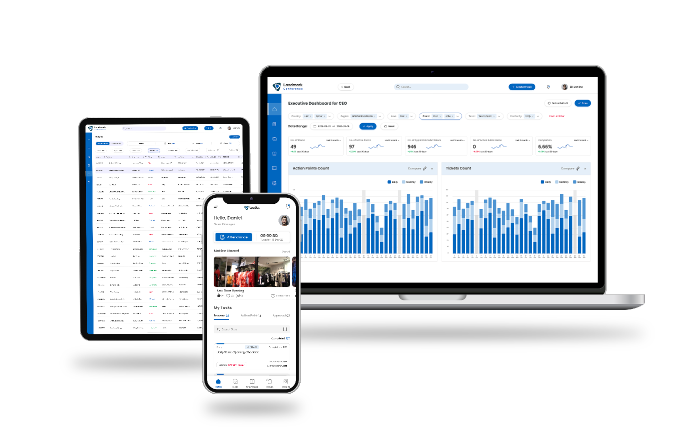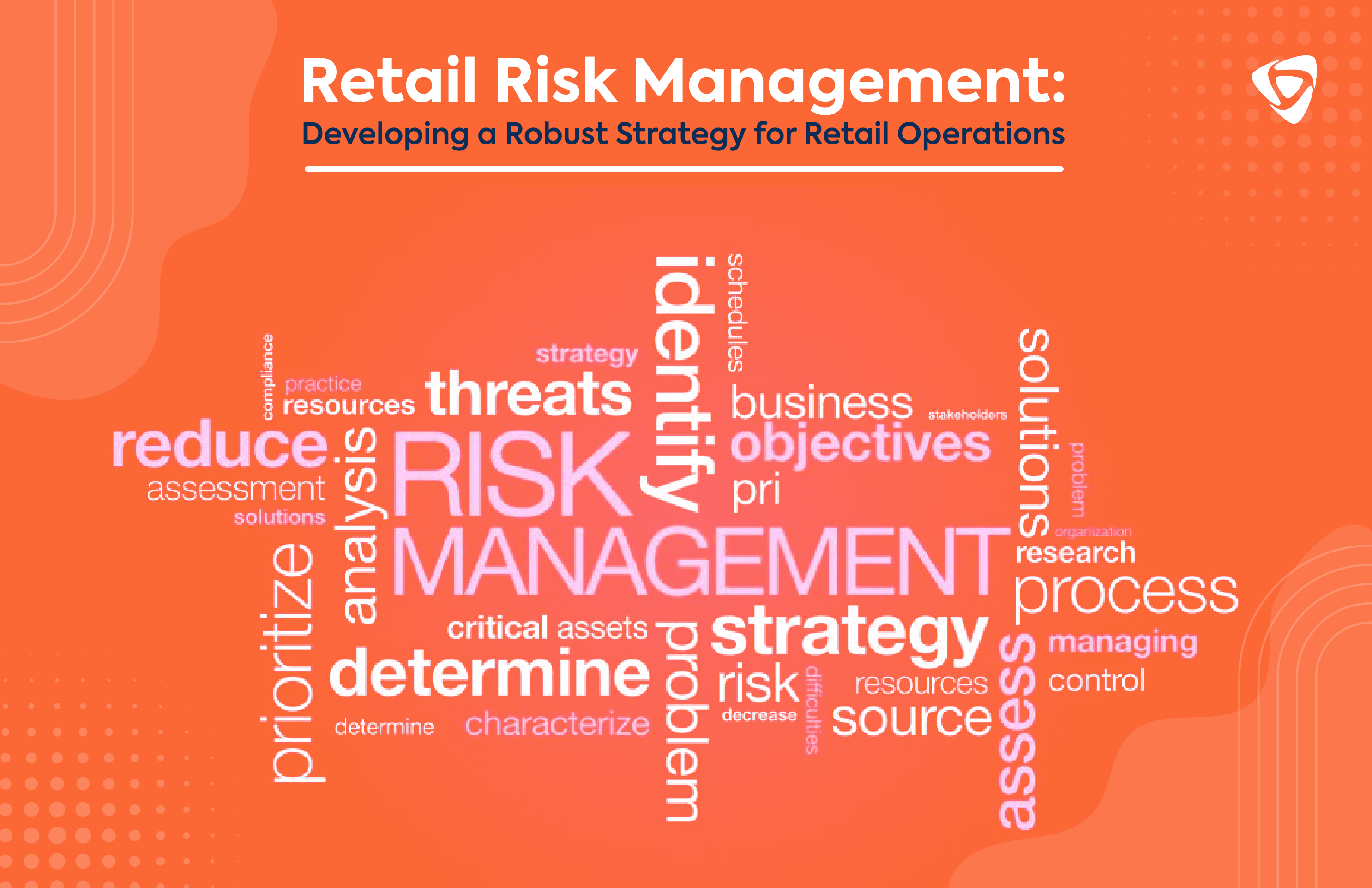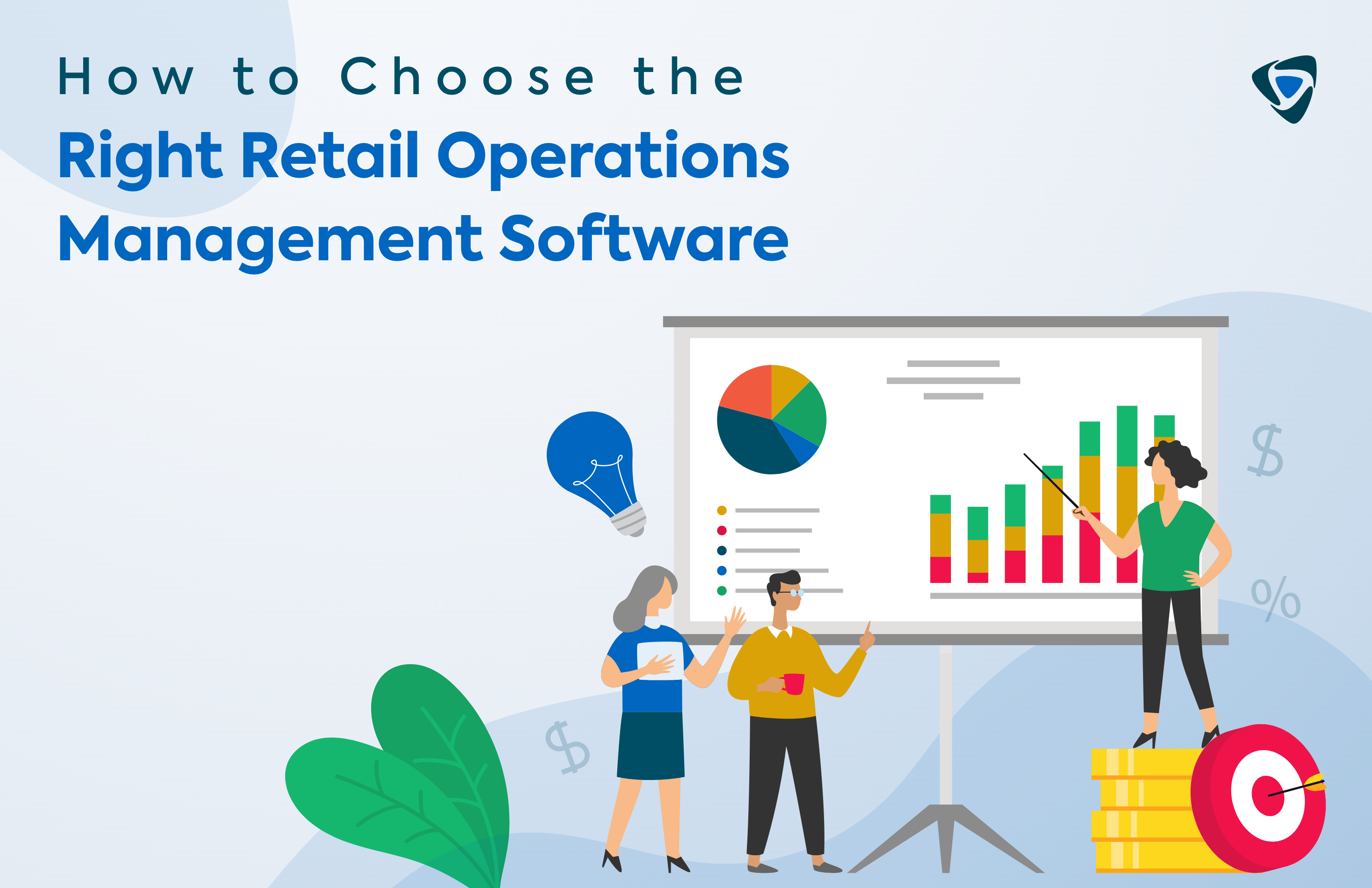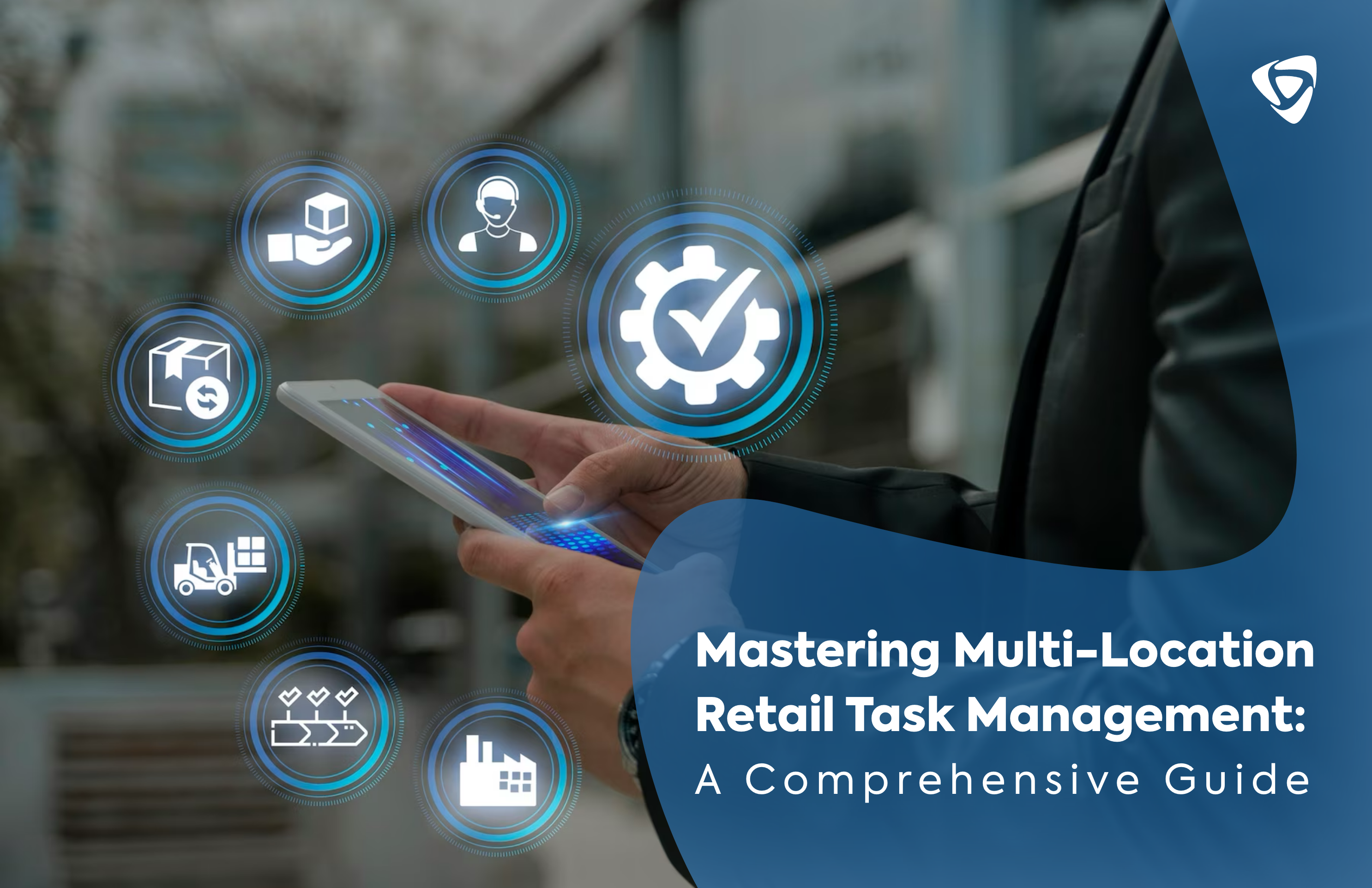Guide
Introduction to Retail Operation Management Software
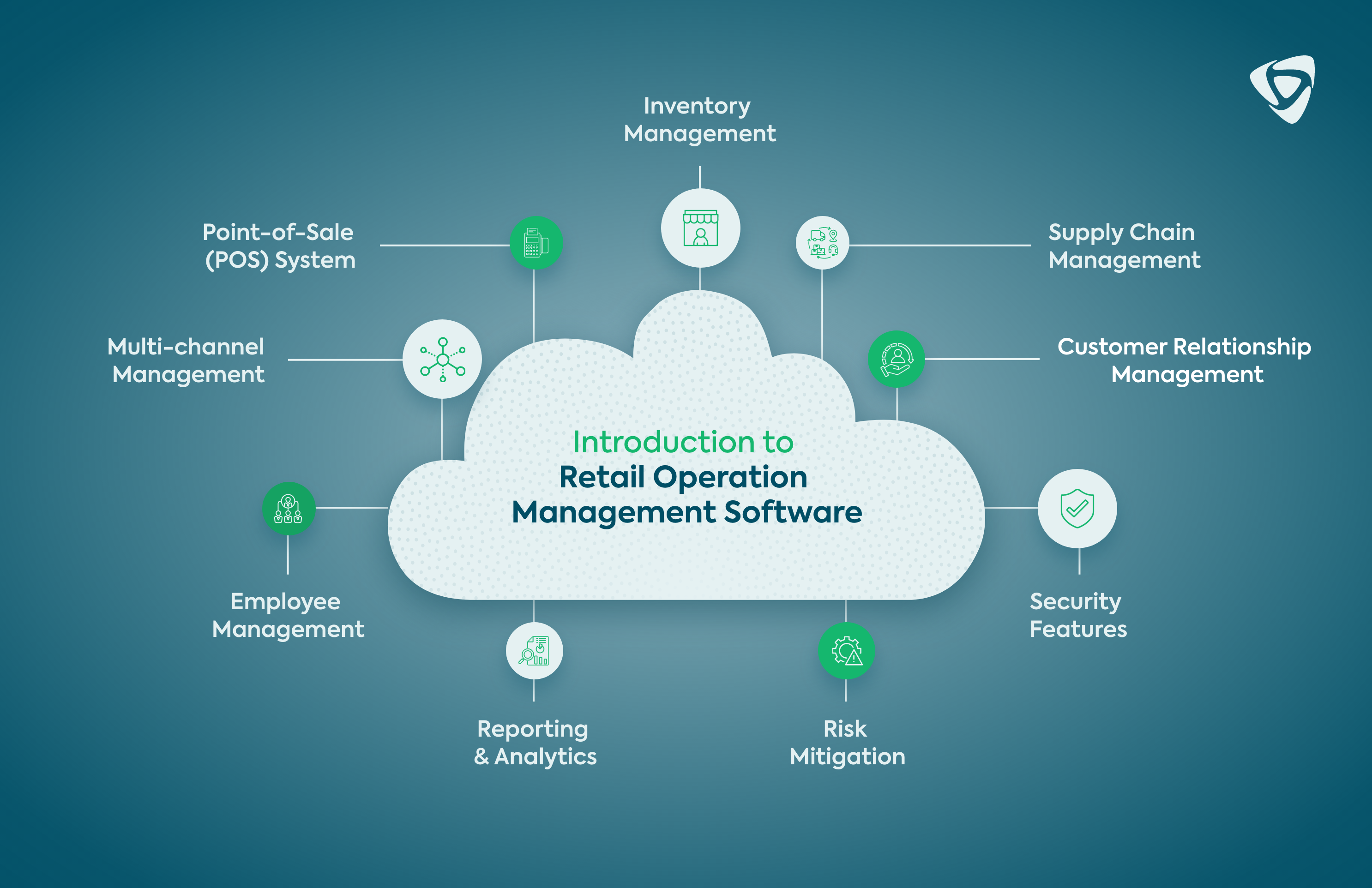
Retail operations are more complicated due to e-commerce and changing consumer tastes. Retailers must optimize inventories, integrate omnichannel experiences, and speed up retail operations in the present business environment. Retail operation management software is vital for streamlining procedures, reducing costs, and enhancing customer happiness.
Retailers can centralize inventory management, order processing, staff coordination, and more with these systems. As a result, retail operation management software has become an essential tool for optimizing processes, decreasing expenses, and improving consumer satisfaction.
These solutions furnish centralized platforms for retailers to oversee critical operations such as inventory management, order processing, workforce coordination, and more. In an era when consumers anticipate cross-channel, interconnected buying, Retail Operation Management Software provides the necessary visibility, adaptability, and automation to satisfy these expectations.
These systems streamline inventory management and forecasting, helping businesses expand efficiency and delight customers. Retail Operation Management Software is essential for competitiveness and sustained growth in the 21st-century retail sector.
What is Retail Operation Management Software?
Retail operation management software comprises integrated technological platforms that are specifically engineered to oversee and control a wide range of front-end and back-end activities within the retail industry. These technologies monitor, automate, and improve retail processes from a central command centre.
Retail operation management software improves retailer control across the value chain. Retail operation management software has emerged as an indispensable resource for retailers of all scales seeking to maximize efficiency, minimize costs, and keep pace with changing consumer demands, owing to its versatility in accommodating various retail verticals. The integrated strategy allows unified commerce capabilities, which are vital for modern omnichannel success.
Categories of Retail Operation Management Software
Retail operation management software (ROMS) is divided into different categories based on the deployment methods. Let’s understand the different categories of ROMS.
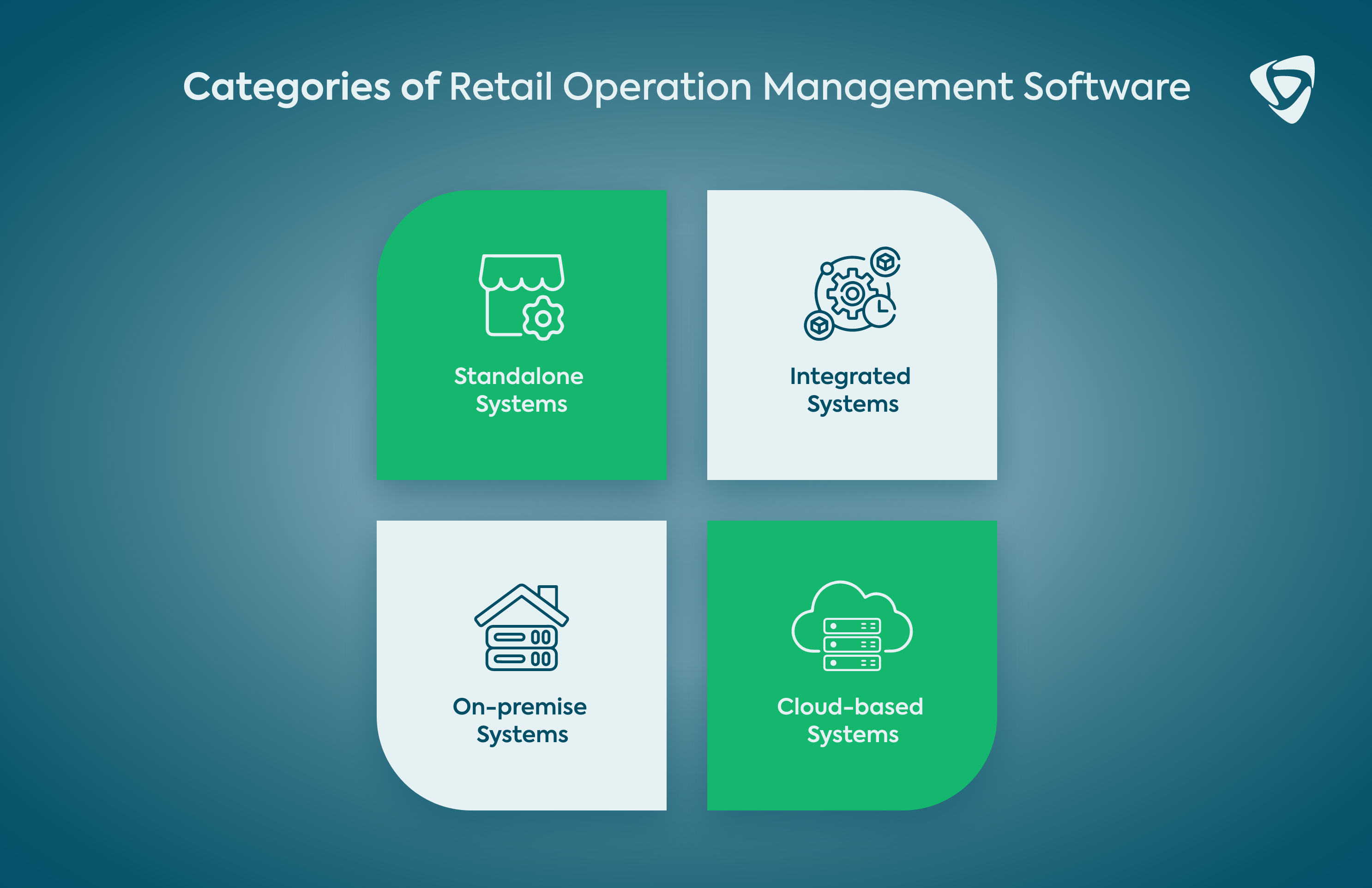
Standalone Systems
POS (Point-of-sale), inventory, and staff management are automated by standalone retail operation management software. Standalone retail operation management is a single module that can be implemented individually. Retailers are granted the autonomy to select solutions that are customized to address particular challenges. However, discrete systems may also result in the formation of data compartments and a lack of operation-wide coordination.
Integrated Systems
Integrated retail operation management software integrates many retail activities into a single platform. Integrated retail operation management software combines the administration of POS, inventory, order processing, labour, and other components, as opposed to disparate systems. By dismantling data silos, this unified strategy provides an enterprise-wide view of the business. Integrated systems facilitate uninterrupted coordination and increase productivity, albeit at an increased expense.
On-premise Systems
On-premise retail operation management local software installation occurs on the hardware infrastructure and servers of the retailer. Complete control over systems and data security is maintained by storing all software and data on the retailer’s premises. However, on-premise solutions have higher upfront costs for hardware/infrastructure and IT management. Furthermore, the systems lack flexibility and scalability.
Cloud-based Systems
Cloud-based retail operation management software is hosted remotely, storing data on the vendor’s servers. SaaS cloud-based systems minimize retailers’ capital costs and IT administration. Cloud computing offers accessibility, scalability, automated upgrades, and flexibility. However, certain retailers raise concerns regarding the security of data stored in the cloud.
Most retail businesses are switching to cloud-based systems as they are highly scalable and accessible. Moreover, with a pay-as-you-go model, cloud systems come with lower upfront costs. However, the choice to select the right type of ROMS depends upon different factors, like budget, level of control, and business size and requirements.
Key Features of Retail Operation Management Software
ROMS offers myriad functionalities to streamline and optimize retail operations, including order processing and other aspects. It provides real-time tracking and monitoring of orders, automates customer communication with confirmation emails and updates, and provides role-based access controls to ensure security. Let’s look at the key features of a ROMS.
-
Inventory Management
Software designed to optimize retail operations should incorporate comprehensive inventory management functionalities. It includes inventory management, which entails the precise monitoring of product quantities and the restocking of supplies to prevent stockouts. Furthermore, the software should enable smooth inventory transfers among various store locations, thereby enhancing the efficacy of the supply chain as a whole and optimizing inventory levels.
-
Point-of-Sale (POS) System
Retail operation management software absolutely requires a comprehensive POS system. It should efficiently and precisely process various transactions, providing consumers with a dependable and seamless checkout experience. Incorporating mobile POS functionalities improves adaptability and client support, whereas the provision of contactless payment options stays ahead of emerging payment patterns, guaranteeing a secure and practical transaction procedure.
-
Customer Relationship Management
A strong CRM module is needed to maintain and build customer connections. Customer segmentation capabilities should be incorporated into retail operation management software to facilitate targeted marketing strategies. Loyalty programs improve client retention. Customer feedback provides valuable insights that may be used to improve products and services, fostering a customer-centric approach.
-
Employee Management
Effective employee management functions are essential for the smooth operation of a retail establishment. The utilization of scheduling tools facilitates the optimization of personnel allocation in accordance with demand patterns. The payment procedure is streamlined by payroll functions, which guarantee precise compensation. Performance monitoring tools facilitate managers’ oversight of employee productivity. At the same time, incorporated training modules contribute to the improvement of staff skills and knowledge, thereby fostering a workforce that is more proficient and motivated.
-
Reporting and Analytics
Robust analytics and reporting capabilities provide invaluable business insights for data-driven decision-making. Sales reports that analyze performance across products, stores, and other dimensions are crucial elements. Customer behaviour analytics provide valuable insights regarding omnichannel engagement and purchasing patterns. Reports on inventory turnover promote waste reduction and stock-level optimization. Retail operation software should include dashboards and metrics that assist managers in recognizing opportunities and formulating well-informed strategic decisions.
-
Supply Chain Management
Retail success requires effective supply chain management solutions. Vendor management functionalities facilitate collaboration and procurement workflows. Across the retail network, purchase order administration ensures minimal inventory levels. By providing end-to-end visibility on the status of orders from vendors or warehouses to retailers, shipment tracking enables proactive resolution of potential delays. Supply chain modules optimize channel sourcing, delivery, and inventory allocation.
-
Multi-channel Management
The establishment of unified administration capabilities across channels is critical for omnichannel retail. eCommerce integration should be supported by retail operation software to synchronize pricing, orders, inventory, and fulfilment. Marketplace synchronization facilitates the efficient management of orders across numerous online marketplaces. Social media integration enables retailers to expand their reach by directly marketing and selling products on prominent social platforms. True omnichannel retail necessitates coordination and a centralized view across digital touchpoints and physical stores.
-
Security Features
It is essential to have robust security to safeguard retailer data and prevent deception. Software for retail operations should include features such as data encryption for sensitive information. Authenticating user logins with two factors increases access security. Functionality for managing compliance with regulations such as PCI DSS and GDPR safeguards customer data. Customers’ confidence is bolstered, and security tools fortify the software ecosystem.
So, while keeping in mind all the features, it is essential to ensure your ROMS provides detailed reports and insights to analyze sale trends, customer behavior, and inventory turnover, automate routine tasks to increase efficiency, and support real-time monitoring and management capabilities from mobile devices.
Benefits of Using Retail Operation Management Software
A retail operation management system is a centralized platform to manage all aspects of retail operations, from inventory management to customer service. Let’s understand the benefits of using ROMS.
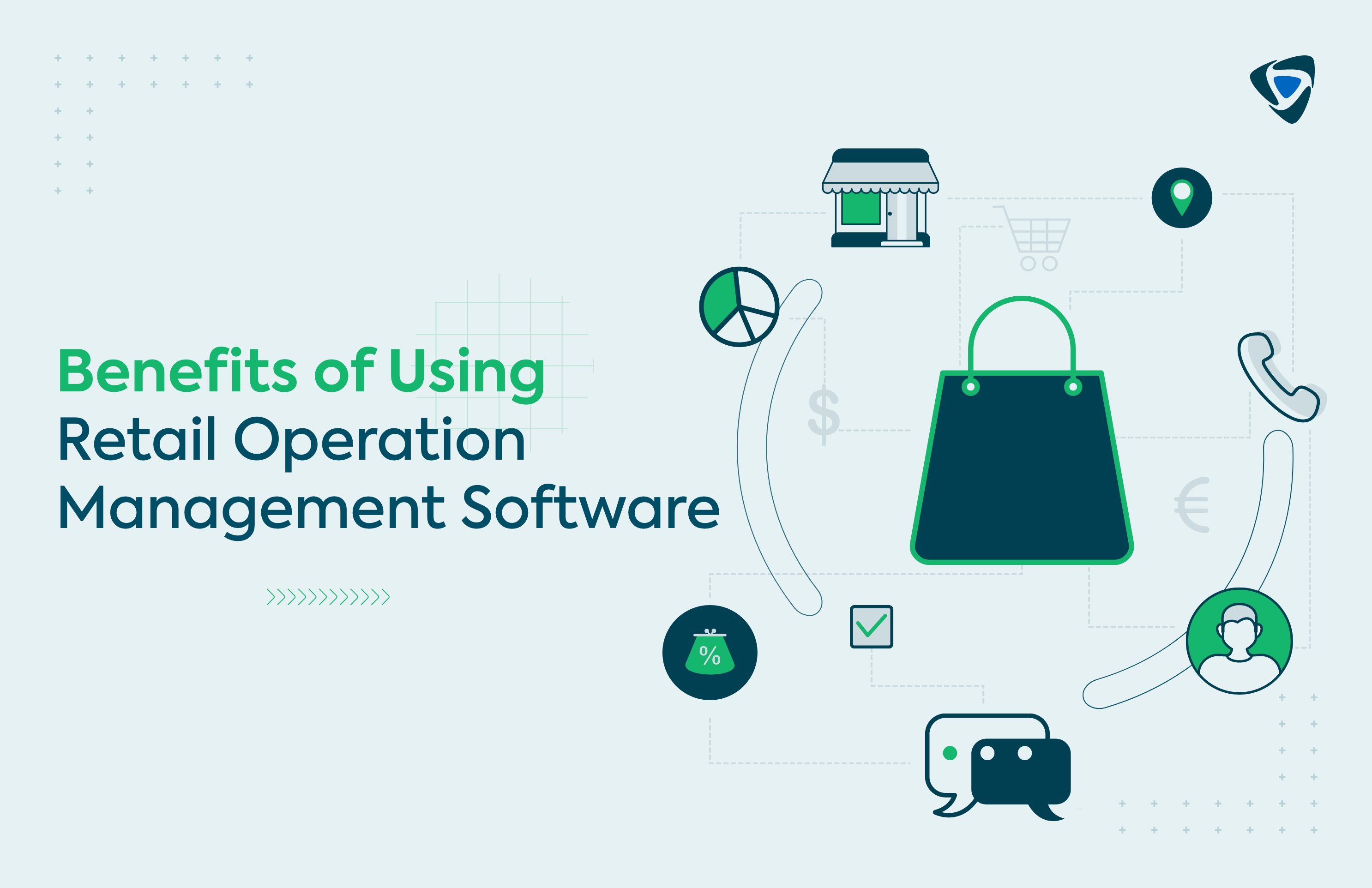
-
Operational Efficiency
Retail operation management software substantially enhances workflow productivity by automating and consolidating processes. It facilitates improved collaboration, task streamlining, and coordination across teams, channels, and locations. Built-in analytics provide actionable insights that optimize planning, execution, and productivity throughout the retail value chain.
-
Customer Satisfaction
Retail operation software facilitates the delivery of streamlined, individualized experiences across all points of contact by utilizing data-driven personalization capabilities and comprehensive omnichannel management. Integrated order fulfilment mitigates delays, whereas inventory management and streamlined in-store operations safeguard against stockouts. As a result, consumer satisfaction is enhanced.
-
Data-Driven Decision Making
Retail management solutions facilitate informed, fact-driven decision-making through their centralized data and robust analytics at both the strategic and operational levels. The analysis of sales reports enables the refinement of merchandising mixtures. Reports on inventory turnover optimize supply levels. Customer behaviour analytics shapes engagement initiatives.
-
Operating Costs
Retail operation management software reduces costs across the company by enhancing labour efficiency, decreasing inventory waste, optimizing staff levels, reducing shrinkage, and driving supply chain efficiencies. Additionally, analytics, cloud deployments, and automation decrease overhead.
-
Competitive Advantage
Retailers who use integrated operation management software get an advantage over competitors in responding to market changes, producing innovations, and giving greater customer experiences. It allows lesser chains to maintain parity in competition with larger entities.
-
Risk Mitigation
Diverse technology-related risks are mitigated by the robust data security, access control, and compliance management functionalities that are integrated into these solutions. While supply chain visibility ensures continuity, integrated inventory control decreases shrinkage. Omnichannel retail reduces reliance on physical stores. The implemented solutions bolster the resilience of the retail sector.
A retail management system contributes to the overall growth and success of the retail business as it improves customer satisfaction through efficient order processing, timely services, and personalized offers and discounts.
What to Consider When Selecting Retail Operation Management Software
Here are the different factors businesses should while selecting the ROMS for their operations.
-
Customization Options
The software should be based on the distinct retail workflows and business requirements of your company. Assess the degree of flexibility in features, configurations, reporting, and integrations that can be customized. Prioritize solutions that facilitate DIY customization.
-
Scalability
The scalability of the management platform should be seamless as your operations expand, facilitated by modular add-ons. Evaluate the capacity to manage heightened levels of transactions, locations, inventory, and so forth. In general, cloud solutions provide superior scalability.
-
User-Friendliness
The software must be intuitive to benefit both corporate users and store associates. User interfaces that are intelligently designed, accessible from multiple devices, role-based, and facilitate rapid user adoption throughout the retail network are guaranteed.
-
Integration Capabilities
Seamless integration between in-store and online operations, sales channels, payment systems, accounting software, etc., is vital for a unified platform.
-
Budget and ROI
Assess both the upfront expenses associated with SaaS subscriptions and on-premise deployments. Increased sales, less inventory waste, and higher labour efficiency should all be used to justify the expenses.
-
Vendor Reputation and Customer Support
Opt for reputable suppliers who have a track record of successful retail projects and positive customer feedback. They are expected to provide extensive practical guidance and round-the-clock, cross-regional technical assistance.
-
Software Updates and Maintenance
Vendors ought to consistently improve the software and promptly deliver updates. Evaluate the offer of maintenance support, the frequency of updates, and the processes in place to ensure a smooth transition to new versions.
Common Pitfalls and How to Avoid Them
Investing in a ROMS is expensive and here are some mistakes retailers should avoid at all costs to ensure a high ROI.
-
Underutilizing Features
Neglecting to maximize the functionalities of the software can significantly restrict its worth. Conduct a comprehensive analysis of the functionality and devise a strategy for activating critical features. Designate power users to look into modules and exchange optimal strategies.
-
Ignoring Staff Training
Lack of adequate training resources may impede user acceptance, ultimately resulting in suboptimal software utilization. Structured induction and role-based training programs should be developed. Facilitate continuous learning by offering webinars, support portals, and training refreshers, among other resources.
-
Updating the System Occasionally
Outdated software is devoid of the most recent advancements and security updates. Adhere to consistent updates provided by the vendor to take advantage of newly introduced functionalities. Prioritize testing in reduced environments and maintain a change journal to ensure seamless rollouts.
-
Forgeting to Leverage Data Analytics
Disregarding the integrated reporting and analytics tools results in the loss of critical insights that are essential for making informed business decisions. Implement routine data analysis and assessment of metrics. Establish KPIs and develop dashboards that are in line with objectives. Opportunities and trends can be identified using the software’s analytics.
Throughout the software lifecycle, adequate planning, training, and governance are necessary to prevent these frequent errors. Ensuring the software remains optimized over time through appropriate utilization, maintenance, and enhancements is crucial.
Case Studies
Here are some real-world examples
Walmart
Walmart is able to manage store equipment more efficiently by implementing IoT technologies. For example, the retailer employs sensors and IoT apps to monitor the temperature of individual freezers and the state of the equipment to take preventative actions and avoid breakdowns. Walmart employs IoT sensors to regulate its HVAC systems remotely in select U.S. regions or individual locations, in addition to refrigerators. This implementation effectively mitigates energy consumption and utility expenses while ensuring an uninterrupted customer experience.
Amazon Go’s Cashierless Stores
Cashierless locations on Amazon exemplify the pinnacle of effortless purchasing. Shoppers grab items and walk out with the store’s advanced technology, automatically tracking what they have taken and charging them accordingly. It removes the need for traditional checkout lines and cashiers, reducing wait times and improving the entire shopping experience.
What is Retail Operation Management?
Retail operation management encompasses the oversight, direction, and regulation of routine activities conducted within a retail establishment. It includes several activities and procedures that power retail stores and online markets. Retail operations need sales, inventories, supply chain, merchandising, store operations, customer service, and personnel management. Retail operation management aims to maximize productivity and efficiency across all domains to provide a seamless omnichannel experience.
Efficient retail operation management is of the utmost importance to maintain optimal store performance, maximize sales, oversee inventory and fulfilment, deliver exceptional service, and maintain operational expenses in check. It integrates technology, processes, and personnel, ranging from frontline employees to sophisticated retail management systems. Utilizing insights derived from data, managers arrive at well-informed decisions. With consumer expectations rising, retail operation management is becoming increasingly complex and critical for success.
Conclusion
In a retail industry where consumer expectations and competition are growing, it has become critical to achieve success by operating proficiently across all channels. In the current omnichannel environment, retail operation management software offers the necessary insights, adaptability, and visibility to achieve exceptional performance.
By implementing centralized data management and personnel optimization strategies, these solutions enable retailers to effectively decrease expenses, increase efficiency, and provide exceptional client experiences. Proactive analytics, real-time data unification, and seamless in-store and online operations make retail operation management solutions important.
This integrated strategy is essential for agility, efficiency, data-driven decision-making, and sustainable growth in the digital age. Retailers must actively evaluate these solutions to maintain their competitiveness in the present and future.
 Schedule A Demo
Schedule A Demo 


